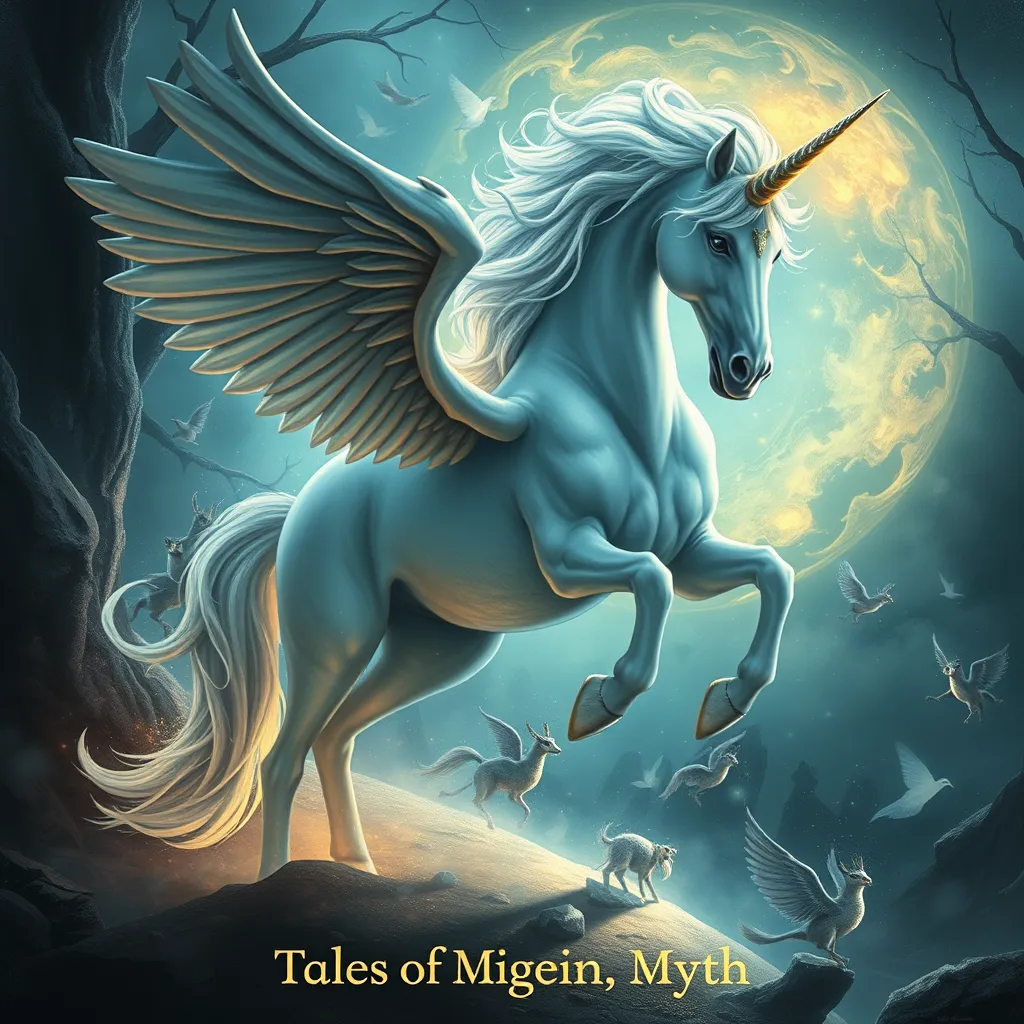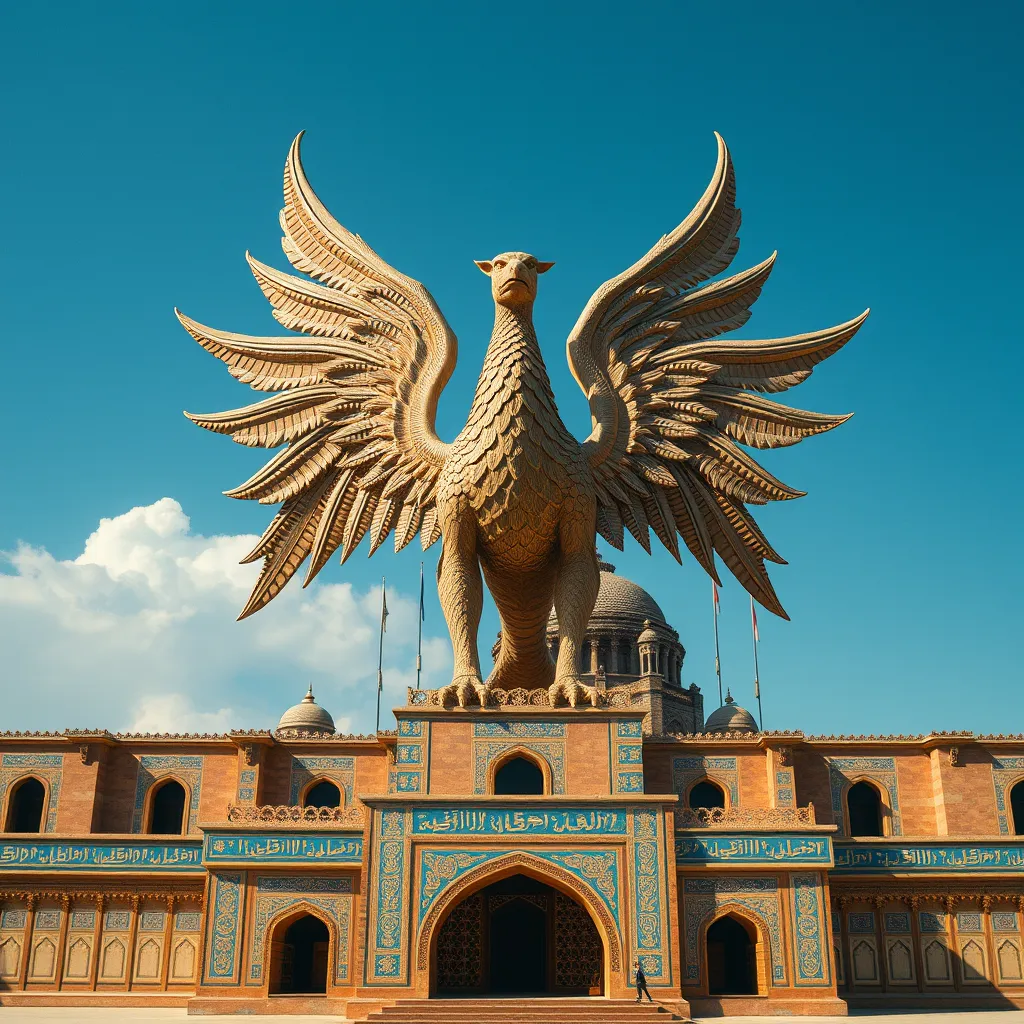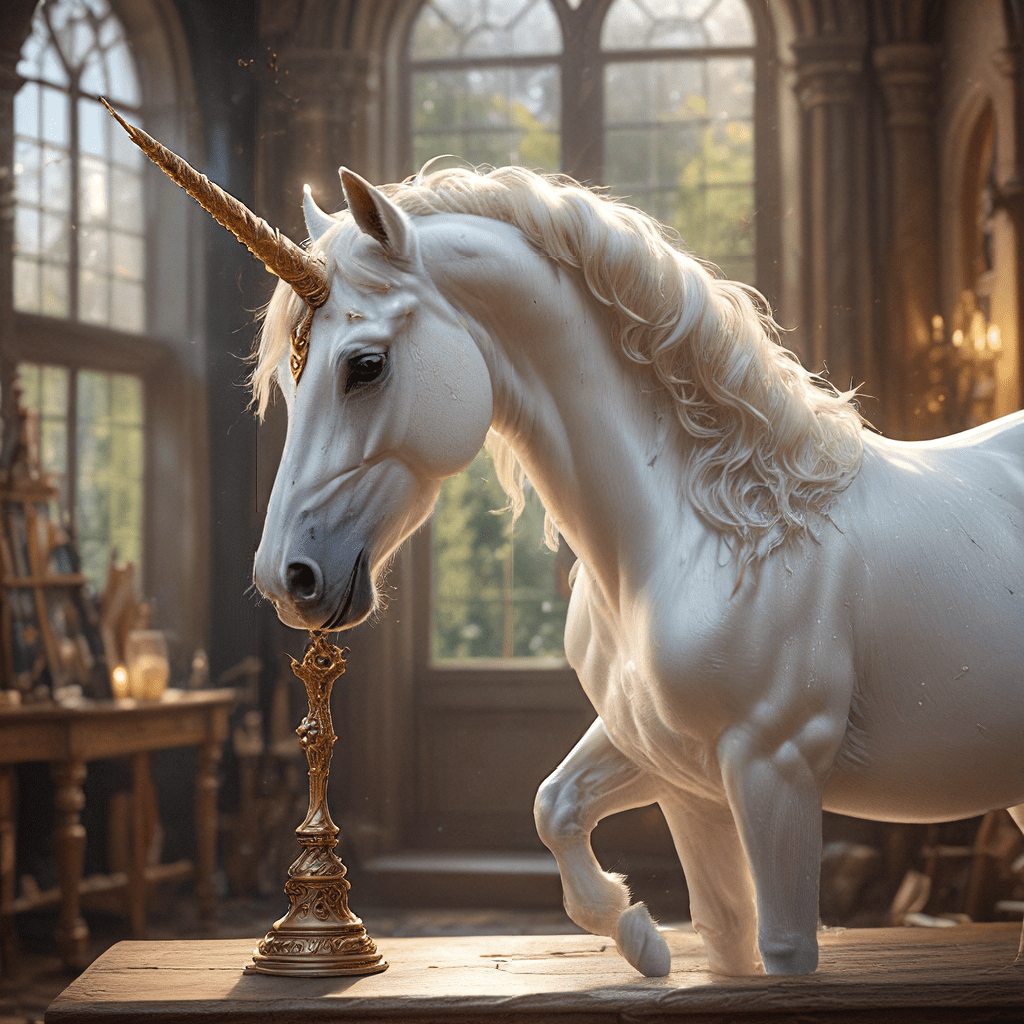The Unicorn’s Whisper: Tales of Magic and Myth
I. Introduction to the Enigmatic Unicorn
The unicorn, a creature often depicted as a horse with a single spiraled horn on its forehead, has captured the imagination of people across cultures and eras. This mythical being is not merely a product of fantasy; it is deeply rooted in folklore and mythology, representing various themes and ideals throughout history.
In different cultures, the unicorn symbolizes purity, grace, and the unattainable. Its image evokes a sense of wonder and magic. From ancient texts to contemporary art, the unicorn serves as a bridge between the human experience and the mystical realms of imagination.
II. Historical Roots of Unicorn Legends
A. Ancient writings and depictions of unicorns
The earliest known references to unicorns date back to ancient civilizations. In the Indus Valley civilization, seals depicting one-horned animals have been discovered, possibly representing the unicorn. Similarly, the writings of Ctesias, a Greek physician in the 5th century BCE, describe a creature resembling a unicorn, found in India, which he referred to as the ‘Indian wild ass.’
B. The evolution of unicorn myths through the ages
As time progressed, unicorn tales evolved. In medieval Europe, the unicorn became a symbol of Christ and was often depicted in religious art. The horn was believed to possess healing properties, leading to the myth of the unicorn’s horn being a cure for poison. This period solidified the unicorn’s place in Western mythology, intertwining it with themes of purity and virtue.
III. The Symbolism of the Unicorn
A. Purity and innocence: The unicorn as a symbol
Throughout history, the unicorn has been associated with purity and innocence. In many stories, it is said that only a maiden of pure heart can tame a unicorn. This association highlights the ideal of innocence and the quest for purity in a world often marred by corruption and vice.
B. The unicorn in alchemy and its mystical properties
In alchemical traditions, the unicorn represents the process of transformation. Alchemists viewed it as a symbol of the ethereal spirit that can purify base metals, mirroring the transformation of the soul. The unicorn’s horn, often referred to as “alicorn,” was believed to have the power to convert base substances into gold and to heal ailments.
IV. Famous Unicorn Tales from Around the World
A. The unicorn in European folklore
European folklore is rich with tales of unicorns. One of the most famous is the story of the unicorn being captured by a virgin maiden, who lures it with her purity. This tale emphasizes the connection between the unicorn and female virtue. In medieval tapestries, unicorns are often depicted alongside maidens, reinforcing their symbolic relationship.
B. Asian interpretations of the unicorn myth
In contrast, Asian cultures have their interpretations of the unicorn. The Qilin, often referred to as the Chinese unicorn, is a hybrid creature resembling a deer with dragon-like features. It symbolizes good fortune and is believed to herald the arrival of wise rulers. Its appearance is often tied to auspicious events, showcasing a different facet of the unicorn’s mythos.
V. The Unicorn in Modern Culture
A. Representations in literature and film
The unicorn continues to inspire modern literature and film. From the classic “The Last Unicorn” by Peter S. Beagle to films like “Legend,” unicorns are portrayed as symbols of hope and magic. These narratives often explore themes of loss, the quest for identity, and the struggle between good and evil, making the unicorn a versatile character in storytelling.
B. The unicorn as a popular symbol in contemporary society
In contemporary culture, the unicorn has become a popular symbol in fashion, art, and social media. Its vibrant imagery and association with whimsy appeal to a wide audience, leading to the unicorn’s resurgence as a symbol of positivity and self-expression. Unicorn-themed merchandise, from clothing to home décor, reflects a cultural fascination with the magical and the fantastical.
VI. The Science Behind the Myth: Is There Any Truth to Unicorns?
A. Historical animals that may have inspired unicorn legends
While unicorns are mythical, some historical animals may have inspired these legends. The oryx, a large antelope, has two long, straight horns that can appear as a single horn when viewed from the side. Similarly, the narwhal, a marine mammal with a long spiraled tusk, has often been mistaken for the unicorn of the sea, leading to tales of magical creatures.
B. The role of imagination and storytelling in creating myths
Myths often arise from the human tendency to imagine and create narratives. The unicorn serves as a perfect example of how storytelling can transform ordinary observations into extraordinary tales. The blending of fact and fantasy has allowed the unicorn to thrive in the collective imagination, becoming a timeless symbol of wonder.
VII. The Unicorn’s Legacy: Conservation and Environmentalism
A. The unicorn as a metaphor for endangered species
In recent years, the unicorn has been used as a metaphor for endangered species. Just as unicorns are rare and elusive, many animals face extinction due to habitat loss and human activity. The unicorn represents the need for conservation efforts and the importance of protecting our planet’s biodiversity.
B. How unicorn myths inspire conservation efforts
Unicorn myths inspire a sense of wonder and urgency in conservation. Campaigns often use the unicorn’s magical imagery to engage the public in protecting endangered wildlife. By connecting the mythical with the real, these campaigns aim to foster a deeper appreciation for nature and the need for its preservation.
VIII. Conclusion: The Enduring Allure of the Unicorn
A. Reflection on the unicorn’s place in human imagination
The unicorn remains a powerful symbol in human imagination, representing ideals of purity, hope, and magic. Its endurance in folklore and popular culture illustrates our collective yearning for the extraordinary amidst the mundane. The unicorn’s allure transcends time, resonating with the human experience.
B. The continued relevance of unicorn tales in modern storytelling
As we navigate an increasingly complex world, the tales of unicorns continue to provide solace and inspiration. They remind us of the beauty of imagination and the importance of dreaming. In a time when reality can feel overwhelming, the unicorn offers a glimpse into a world where magic exists, encouraging us to believe in the impossible.




